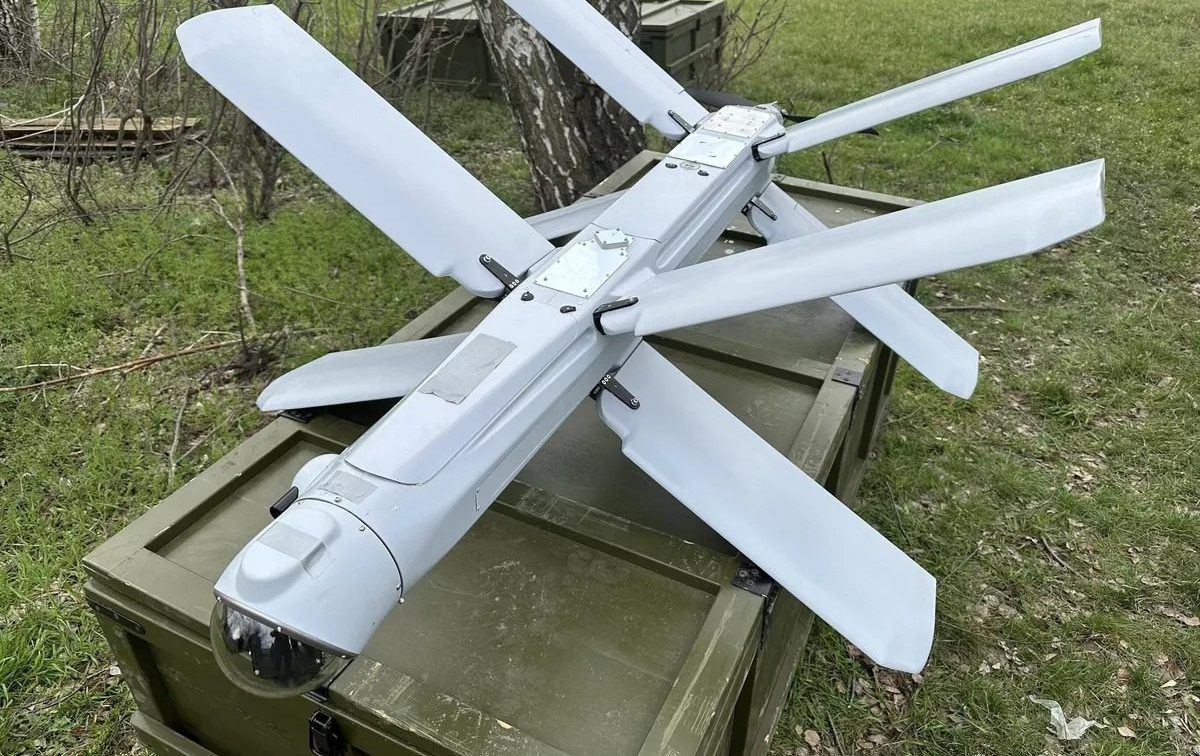Ukraine moved significantly closer this week to potentially fielding capable long-range kamikaze drones comparable to Russia's ZALA Lantset loitering munitions. The country's digital minister revealed that Ukrainian firms recently conducted successful demonstrations of Lantset-style suicide UAV prototypes. The next step is combat trials of the drones, followed by serial production a few months later, he says.
The Lantsets are among the most effective drones of the Russian frontline forces, who use them to attack valuable targets such as artillery and air defense systems. It is available in heavy (12 kg, Lancet-3) and light (5 kg, Lancet-1) versions.
"A few days ago, we tested [Lancet-type products]. There were four companies, [...] and two were successful. It was raining, snowing, windy, and in these conditions, two hit the target. One didn't take off because it didn't want to lose its board, and the fourth failed because it had a problem with its camera," Ukraine's Digitalization minister Mykhailo Fedorov said in an interview published on Youtube on 18 February.
With the fruitful trials validating the domestic Lancet clones' combat feasibility, serial production for frontline use could begin within months, with hundreds of such drones produced monthly, according to Fedorov.
"It's hard to get to thousands, but hundreds can be produced in a few months," the Minister said.
The locally-developed loitering munitions incorporate key features that make Russia's Lantset series so effective, like precision strike capabilities and a long range of 40 kilometers, while regular quadcopter-based UAVs reach only up to 10 km, according to the Minister. Additionally, their homing functions ensure the kamikaze drones lock onto targets 300-500 meters before hitting them without guidance in their final attack runs, as per Fedorov.
"This is a high-tech product, so it was impossible to launch it at once, we had to launch the market. And now we have the result... Two or three products will appear on the market that compete with each other, and in a year there will be a dozen such companies," Fedorov emphasized.
These drones are controlled by video, which allows them to aim and correct their movement during the attack. In addition, the Lantset-like drones can operate during the day-time, which complements Ukraine's large octocopter bomber drones, that only engage at night due to their large size.
Liga notes that is difficult to shoot down this UAV after it has been guided by an Orlan reconnaissance drone to the target. Ukraine's defense forces use chain-link screens to protect their equipment from Lantsets and FPV drones.
In November 2023, the Russians reportedly began using a new version of the Lantset kamikaze drones at the front, capable of punching through anti-cumulative grids and anti-drone nets.
In August 2023, Fedorov reported that Ukraine had developed its own analog of the Russian Lantset drone and was exploring ways to scale up its production.
On 1 February, Forbes wrote that the likely defeat of the Zagorsk Optical and Mechanical Plant (ZOMZ) in Moscow Region by the Defense Forces in the summer of 2023 could halt or reduce the production of Russian Lancet drones.
Read also:
- Defense Ministry: Ukraine ramping up production of kamikaze drones due to shell shortages
- Minister: Ukraine has “over five” mass-produced analogs of Russia’s Iranian-made Shahed explosive drones
- Ukraine to assemble German Vector drones and produce spare parts for them
- Ukrainian Cobra fixed-wing suicide drone achieves rapid production





